Decrease Recovery Time for Microsoft SQL Server Disasters with Pure Cloud Block Store in Microsoft Azure
Pure Storage
NOVEMBER 22, 2022
The capacity listed for each model is effective capacity with a 4:1 data reduction rate. . This blog post will focus on the use of two or more Pure Cloud Block Store instances in different Microsoft Azure availability zones or regions to achieve cost-effective disaster recovery for Microsoft SQL Server instances. .


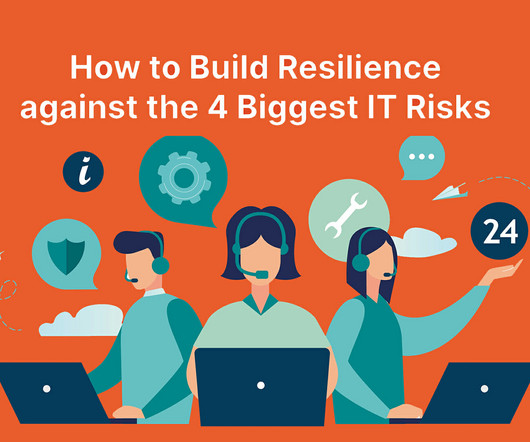
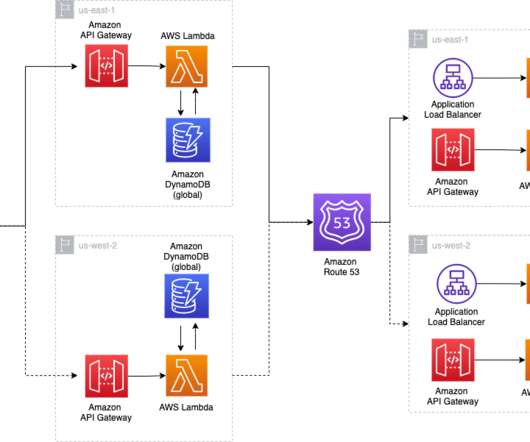




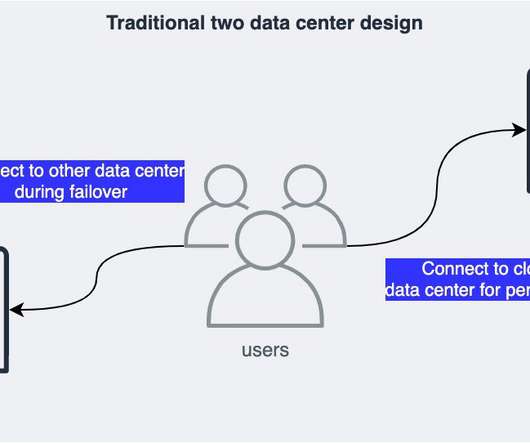
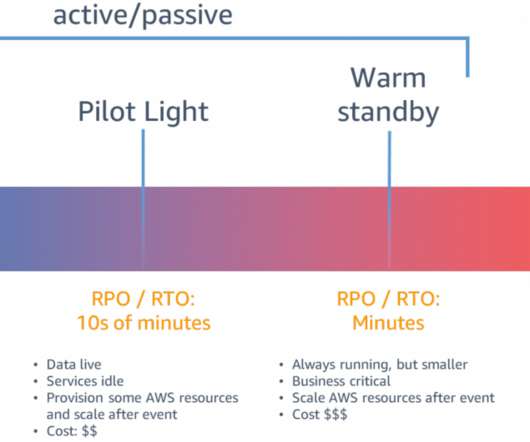


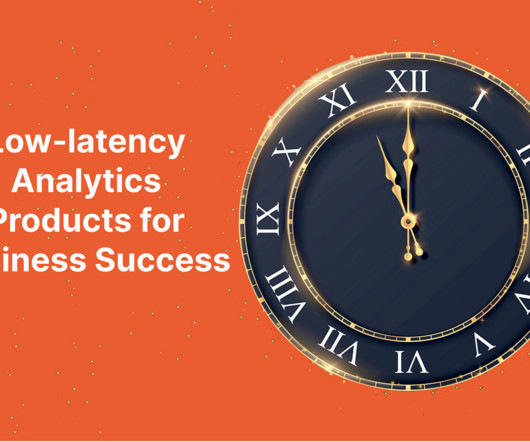
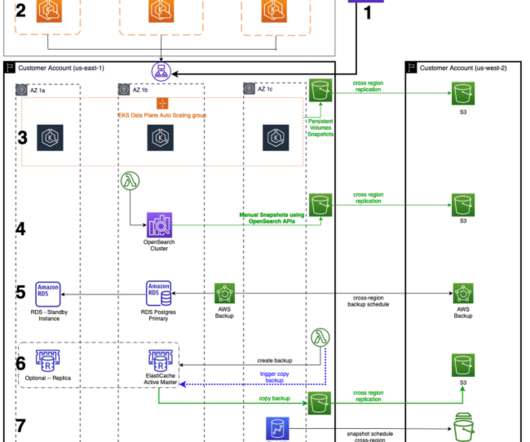


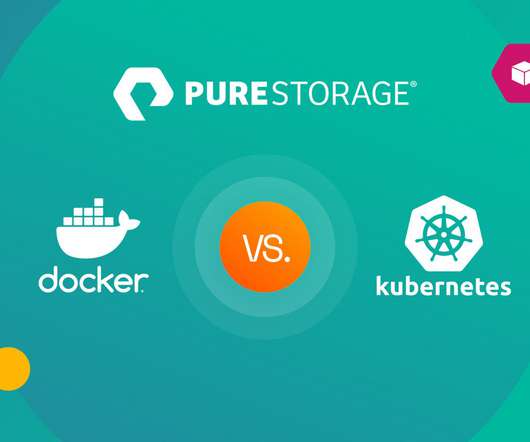







Let's personalize your content